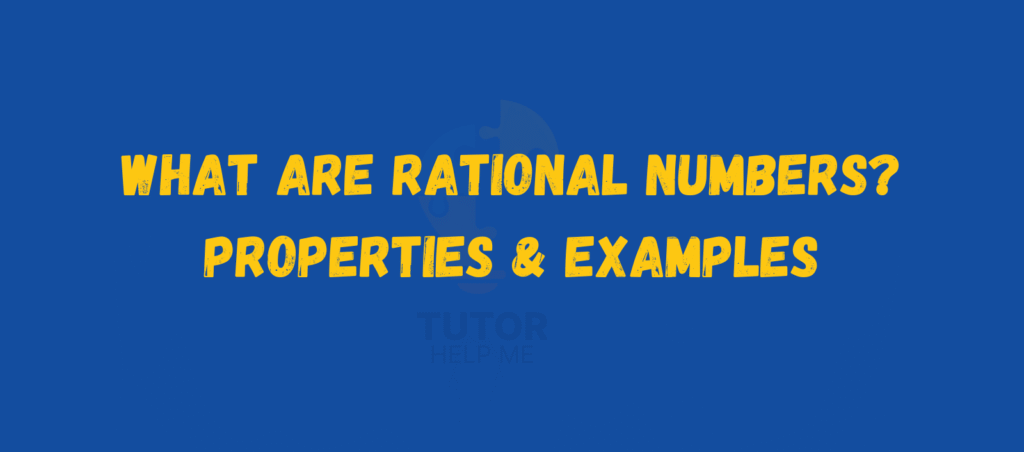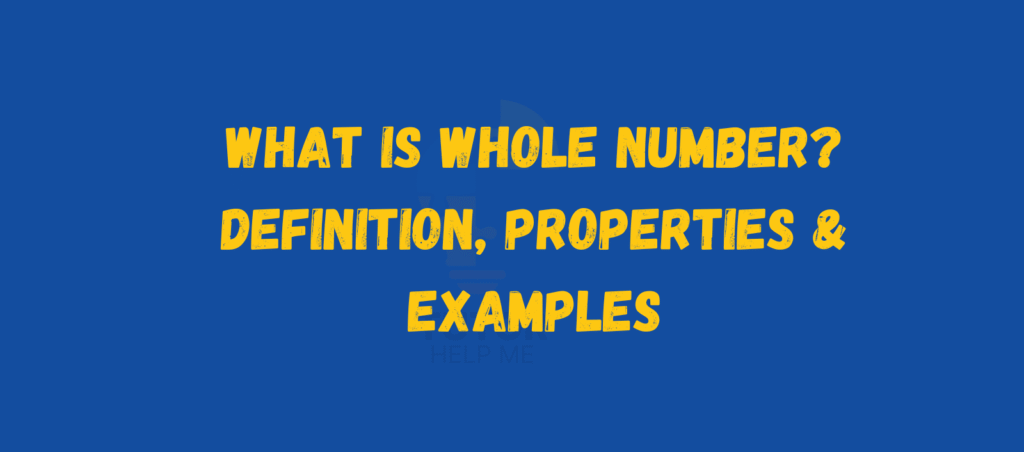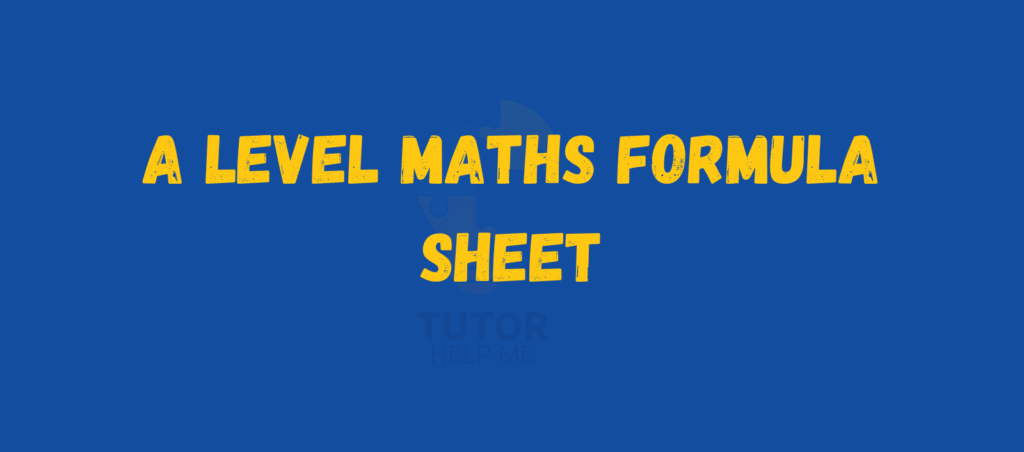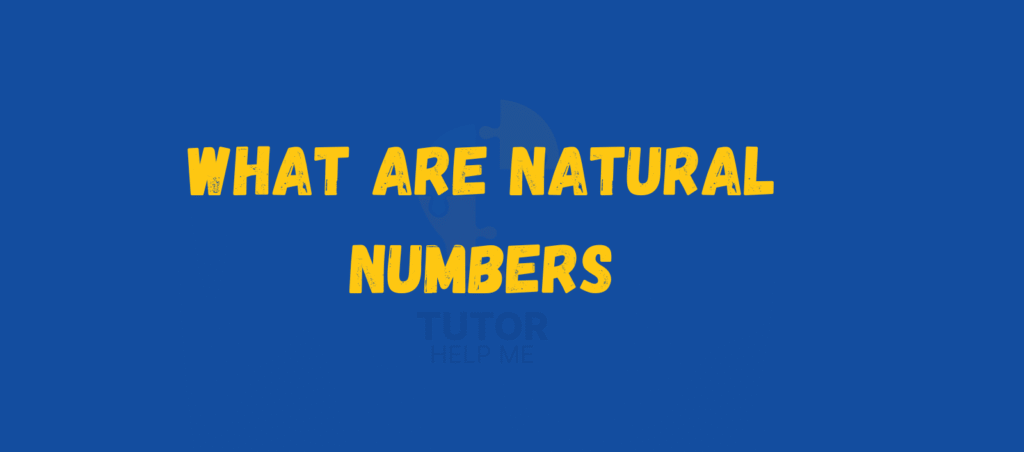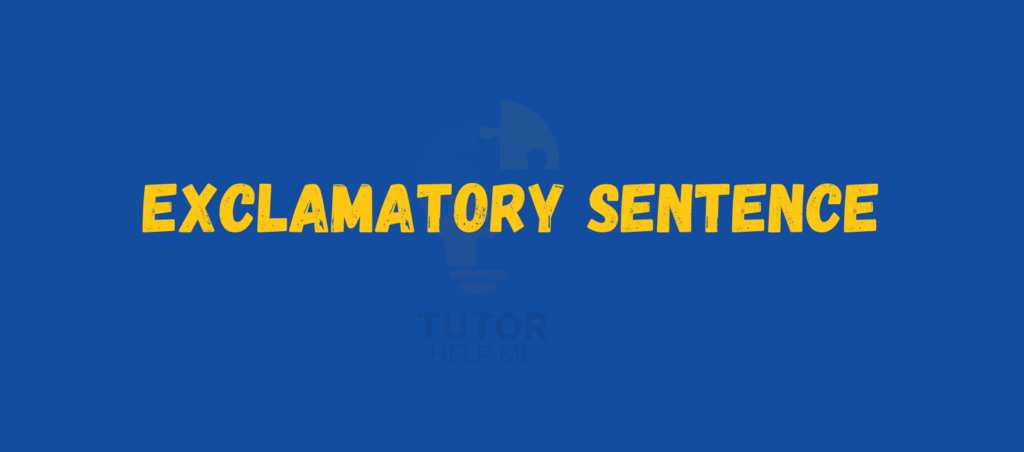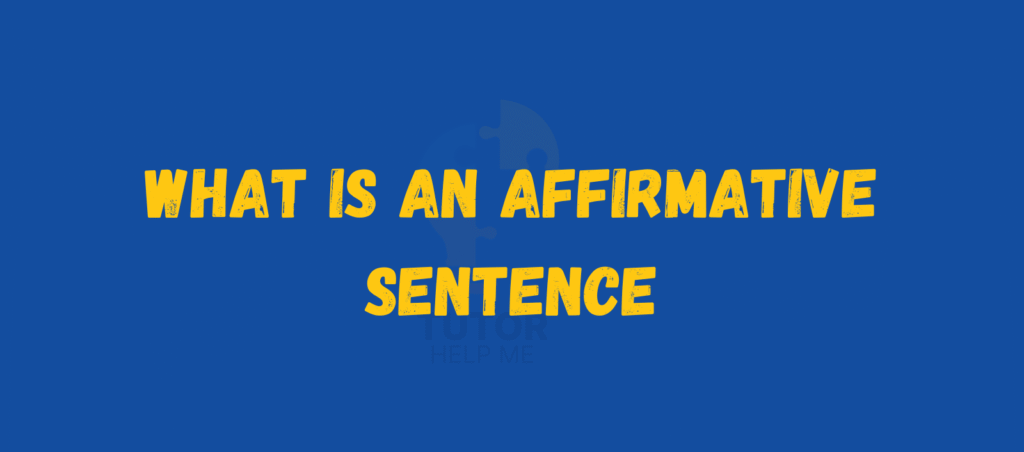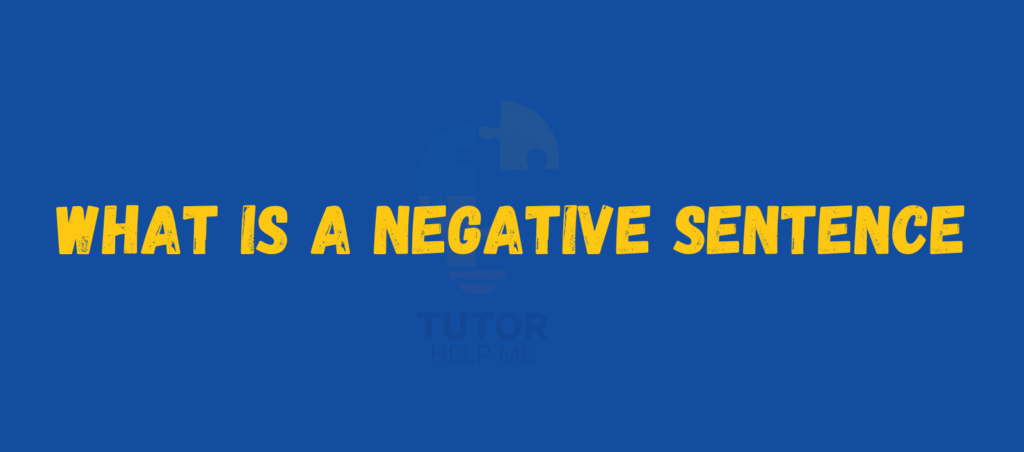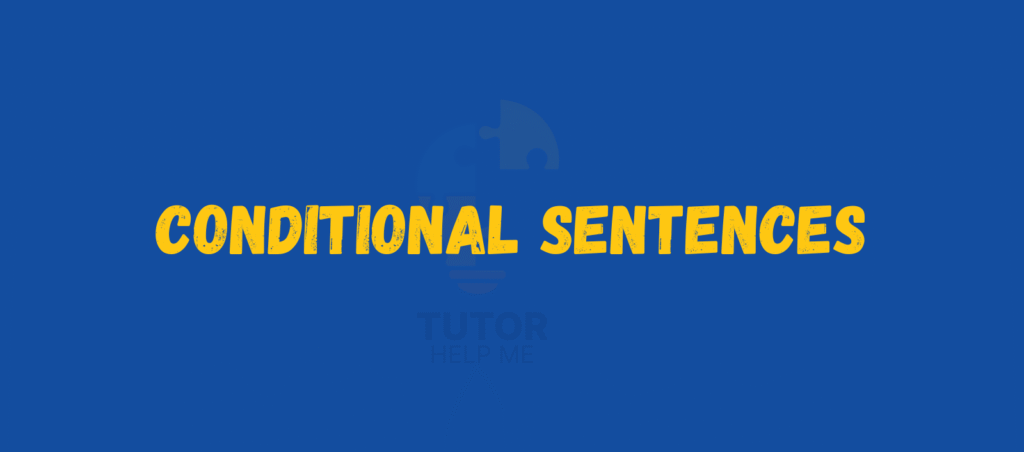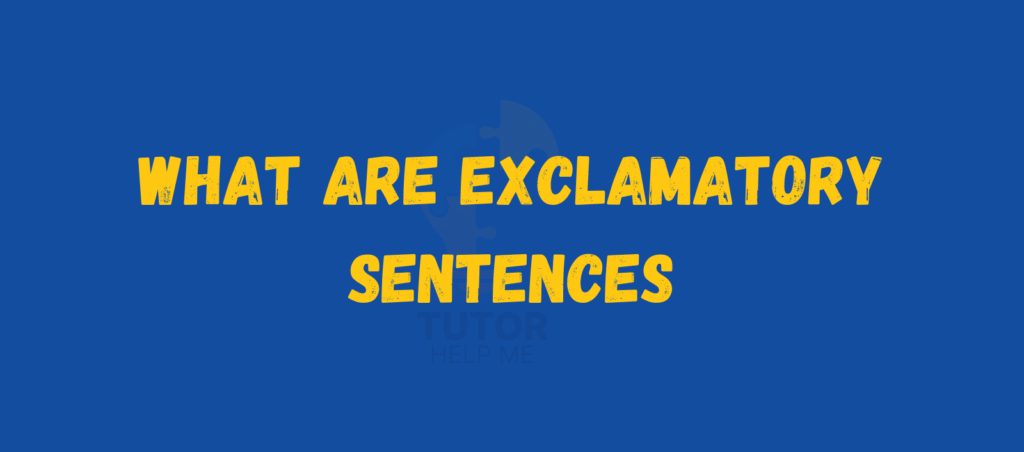What are rational Numbers? Properties & Examples
Rational numbers are one of the most important parts of mathematics. This guide will help you learn their definition, types, properties, and real-life examples. By the end of this blog, you will know exactly what rational numbers are, how to work with them, and how they differ from irrational numbers. Let’s start with the meaning […]
What are rational Numbers? Properties & Examples Read More »

